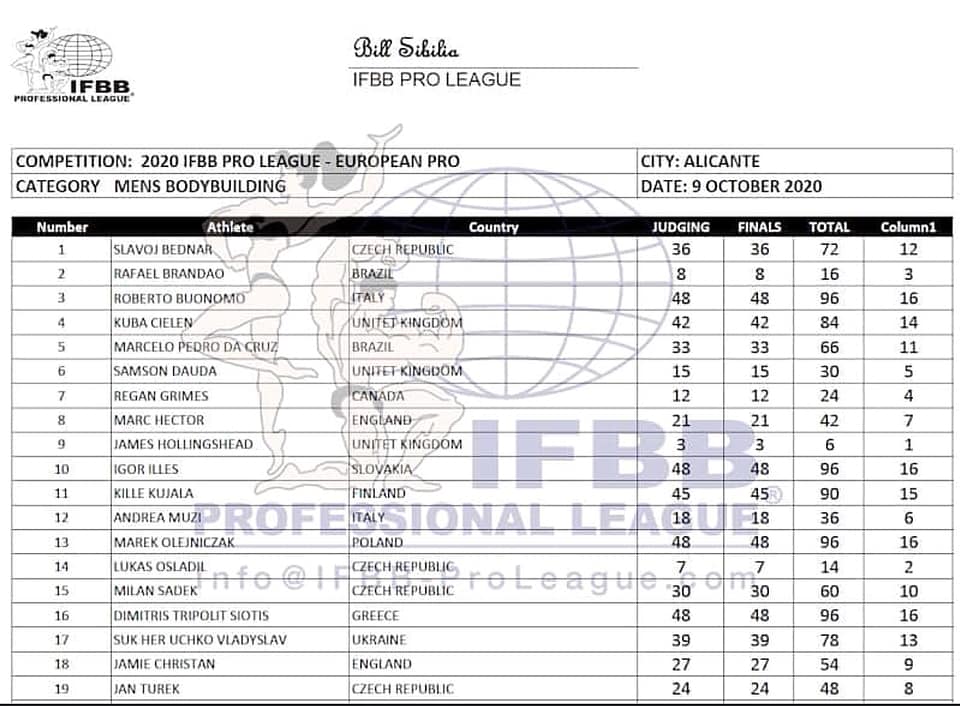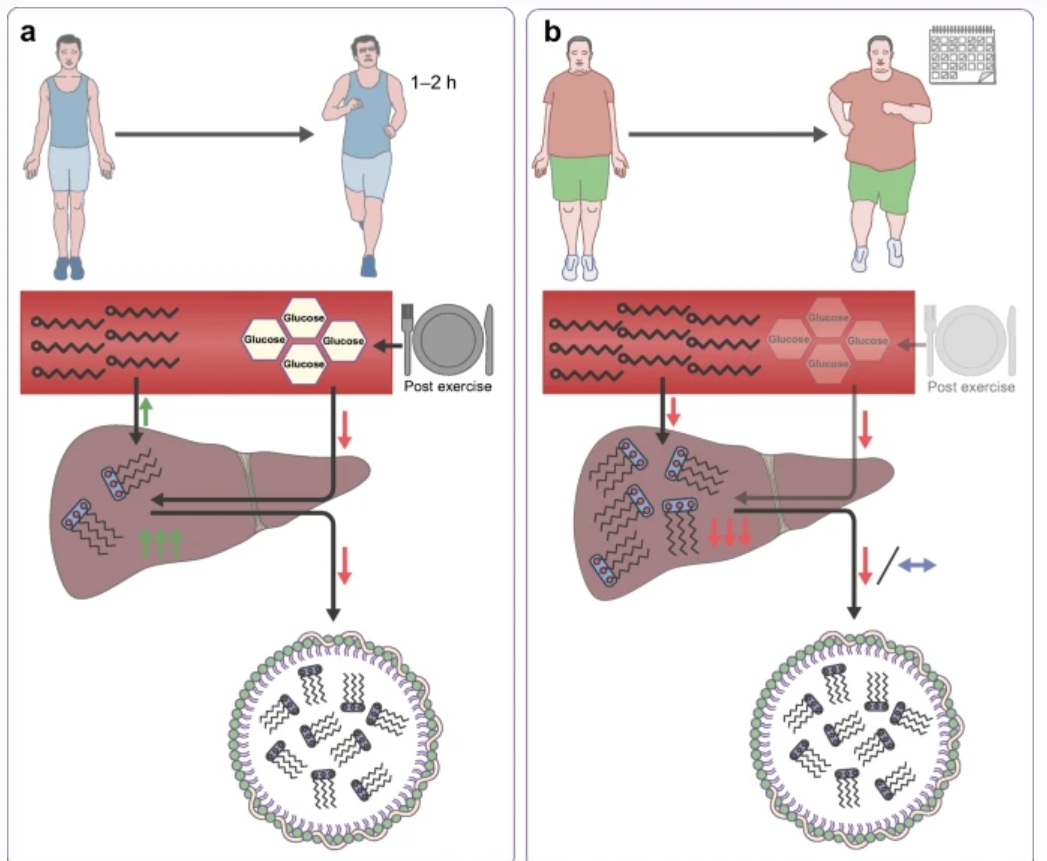Exercising your fat (metabolism) into shape: a muscle-centred view
Anne Gemmink, Diabetologia volume 63, pages1453–1463(2020)
Fatty acids are an important energy source during exercise. Training status and substrate availability are determinants of the relative and absolute contribution of fatty acids and glucose to total energy expenditure. Endurance-trained athletes have a high oxidative capacity, while, in insulin-resistant individuals, fat oxidation is compromised. Fatty acids that are oxidised during exercise originate from the circulation (white adipose tissue lipolysis), as well as from lipolysis of intramyocellular lipid droplets. Moreover, hepatic fat may contribute to fat oxidation during exercise. Nowadays, it is clear that myocellular lipid droplets are dynamic organelles and that number, size, subcellular distribution, lipid droplet coat proteins and mitochondrial tethering of lipid droplets are determinants of fat oxidation during exercise. This review summarises recent insights into exercise-mediated changes in lipid metabolism and insulin sensitivity in relation to lipid droplet characteristics in human liver and muscle.















